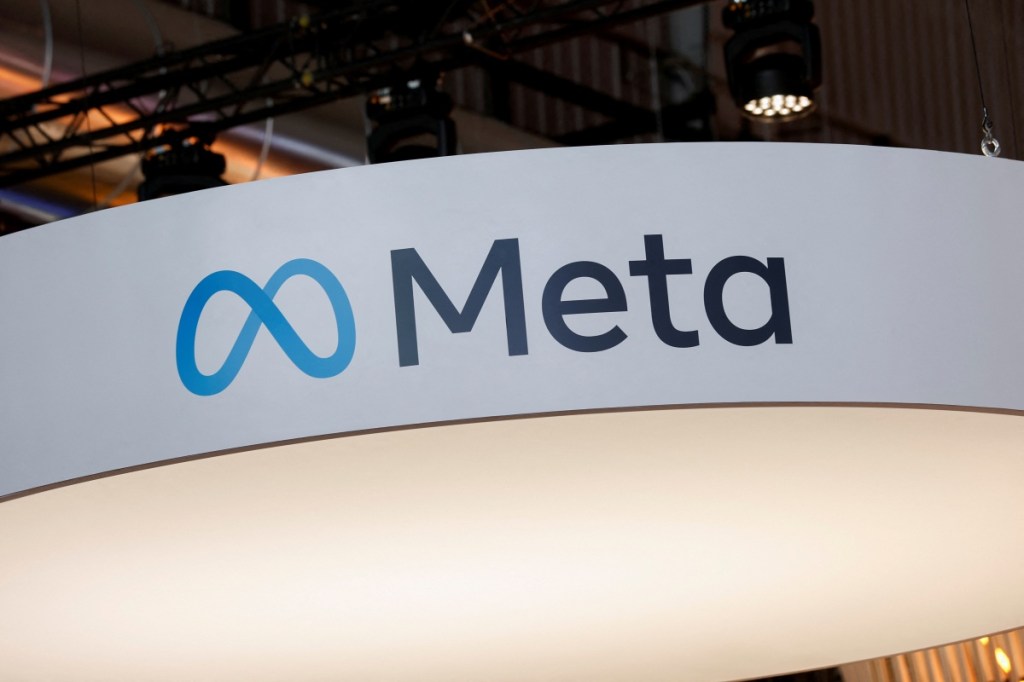We live in an era where we cannot imagine our day without Instagram or Facebook, but has this ever popped into your head that why are you consuming this particular content? Well, artificial intelligence (AI) has a greater role to play. Every day, billions of people use Facebook and Instagram to share their highs and lows, engage with others who share their interests, and find interesting information. Meta deploys AI technologies to determine what material appears based on a user’s decisions to create a unique and personalised experience for each user on the apps.
Also Read: Meta introduces more parental control on Messenger, Facebook, and Instagram
Meta utilises certain relationships between the user and the algorithms that shape the content that the user consumes on Facebook and Instagram. The firm is making efforts to be more open about a few of the AI algorithms that utilise the user’s feedback to rank content on Facebook and Instagram. The likelihood that the posts one sees are pertinent and interesting is increased by these techniques. Meta is also testing new controls, making some more accessible, and making it clearer how one can have better control over what they see on their apps. Additionally, Meta is also providing specialists with more specific information so they can evaluate and comprehend the company’s methods.
All of these efforts are part of Meta’s effort to be more transparent about AI’s influence on its apps. It wants to hold itself accountable and respect the wider ethos that goes into it. It makes sense that people are intrigued by the possibilities and wary of the risks, given the quick advancements being made with potent technology like generative AI. Meta expressed that being open-minded is the best way to address these worries. They have further expressed that while new technologies are being developed, businesses should be more transparent about how their systems operate and engage freely with other businesses, the government, and the general public to help guarantee that they are being developed responsibly. The company feels that giving the user more control and knowledge over the stuff they see is the first step in achieving this.
Meta has further explained how AI predictions influence the recommendations. Meta has given ways in which one can display their stuff more quickly since the AI systems can anticipate how important it is for the user. To explain this, Meta has given an example of how sharing a post is frequently a sign that a user found it interesting; therefore, one feature that the company’s systems take into account is anticipating that the user will share a post. As a user might expect, no one prediction is an accurate indicator of how helpful a post will be to you. Therefore, we combine a wide range of forecasts, some based on behaviour and some based on user feedback from surveys, to get as close as possible to the proper content.
System Cards
Meta has been developing and advocating the publication of system cards. This is their effort to show people how Meta’s system work and make it accessible to those who may not have a very deep technical knowledge. These system cards present information about how AI systems rank content, along with some of the predictions each system makes to determine what content might be most relevant to the user, as well as the controls one can use to help customise their experience. These system cards are for Facebook and Instagram.
Meta is rolling out 22 “system cards,” and they will cover Feed, Stories, Reels, and the other ways in which people discover and consume content. These cards also direct Instagram users to save content that would indicate the system for showing similar content. One can even mark “not interested” to indicate to the system that they are not interested in the content.
Other Features
Other than system cards, Instagram and Facebook are introducing a few more features. These features will inform the user of the reason why they are seeing that particular content. Meta is further expanding their “Why Am I seeing This?” to Facebook reels along with Instagram reels and the Explore tab. This would enable the users to see how their previous decisions and activities impacted the system by showing them the individual reel that they clicked on.
What’s more, as mentioned, the user can mark their reels as “not interested” and similarly, they can mark them as “interested.” Based on their decision, the system will show them similar content.
Content Library and API
In its series of updates and features, Meta has also announced the introduction of the Content Library and API. This provides tools primarily for researchers. This will consist of public data from both Facebook and Instagram. The researcher will be able to search, explore, and filter the data. The researchers can apply to access these tools through approved partners. This is starting off with the University of Michigan’s Inter-University Consortium for Political and Social Research. Meta has asserted that these tools stand to give “the most comprehensive access to publicly-available content across Facebook and Instagram of any research tool we have built to date.”
Also Read: Meta to block news on Facebook, Instagram in Canada due to “this” reason
Meta is taking all these steps to be accountable and more transparent, which can explain how the company uses AI to shape the content that the users are interacting with.








